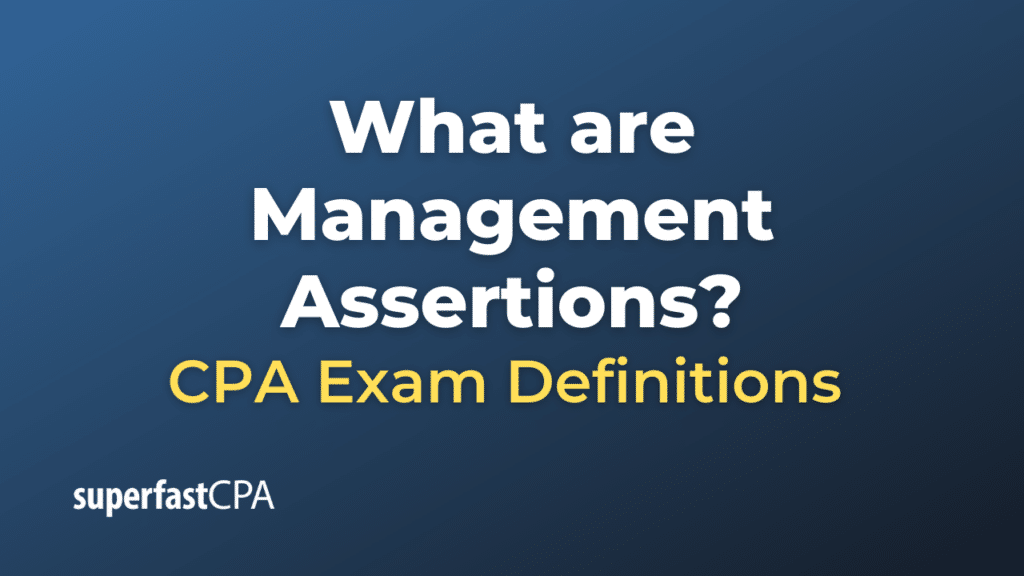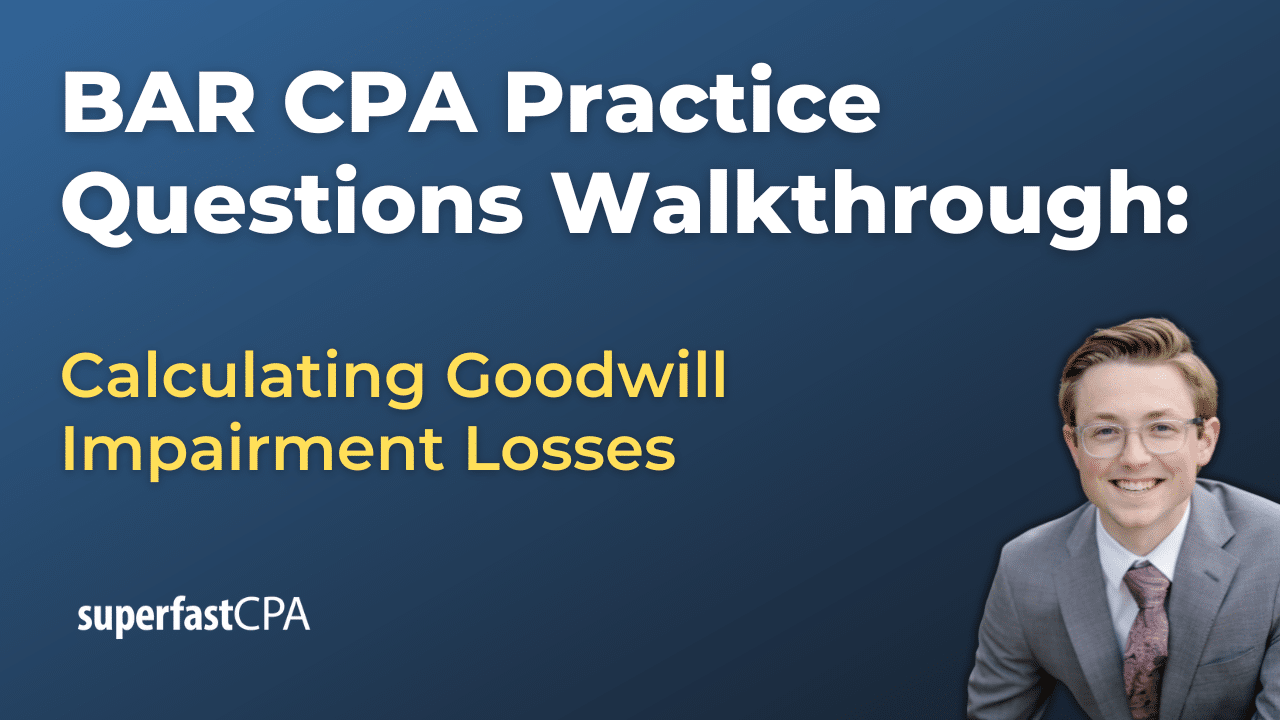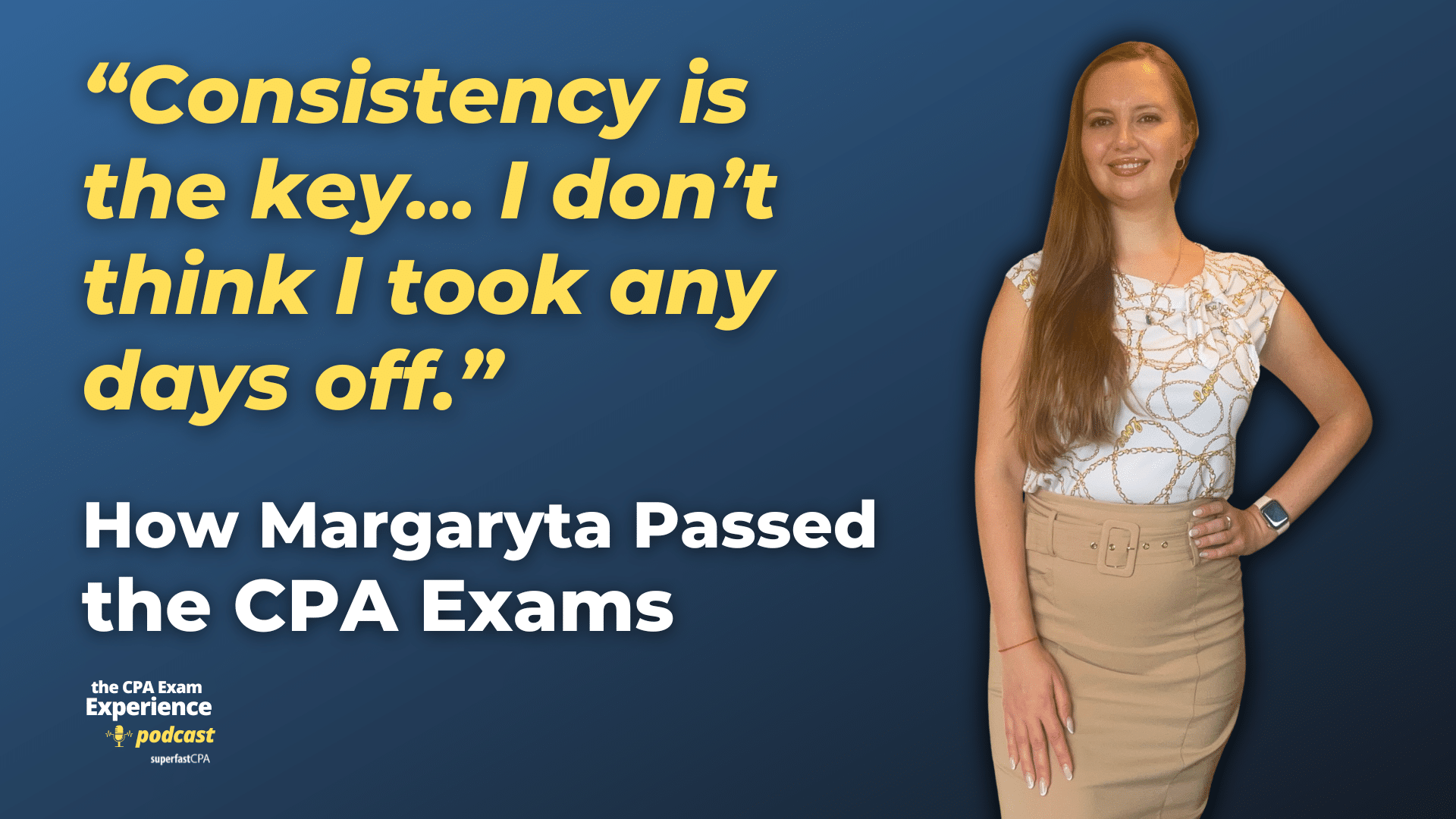Management Assertions
Management assertions, in the context of an audit, are representations made by a company’s management that are embodied in financial statements. They are essentially the claims management makes regarding the company’s financials.
The assertions made by management fall into five categories:
- Existence or Occurrence: Management asserts that all assets and liabilities on the balance sheet exist, and that all recorded transactions have actually occurred and are pertaining to the company.
- Rights and Obligations : Management asserts that the company holds the rights to all assets, and liabilities are the obligations of the company.
- Completeness: Management asserts that all transactions and accounts that should be presented in the financial statements are included.
- Valuation or Allocation: Management asserts that assets, liabilities, and recorded transactions are valued appropriately, and any resulting valuations or allocations are made in accordance with applicable financial reporting frameworks.
- Presentation and Disclosure: Management asserts that all classes of transactions, account balances, and disclosures are properly classified and clearly described within the financial statements.
Auditors use these assertions during their audit procedures to assess the risk of material misstatement, design audit procedures to test the assertions, and ultimately provide an opinion on the truth and fairness of the financial statements. By confirming these assertions, auditors aim to ensure that the financial statements are complete, accurate, and properly recorded.
Example of Management Assertions
Let’s consider a simple example of management assertions in the context of a company’s inventory:
- Existence or Occurrence: Management asserts that all inventory listed on the balance sheet actually exists. This can be verified by auditors through physical inventory counts.
- Rights and Obligations: Management asserts that the company has legal ownership of all listed inventory. This can be checked by auditors through review of purchase orders, invoices, and other legal documentation of ownership.
- Completeness: Management asserts that all inventory owned by the company as of the balance sheet date is included in the inventory account. Auditors may test this by reviewing cutoff procedures around the inventory count date to ensure all goods in transit, consignment inventory, or returns are properly accounted for.
- Valuation or Allocation : Management asserts that inventory is recorded at the lower of cost or market value, as required by the generally accepted accounting principles (GAAP). Auditors can test this by examining the company’s costing methodology, assessing the appropriateness of overhead allocation, and reviewing market prices to evaluate potential inventory obsolescence or write-downs.
- Presentation and Disclosure: Management asserts that inventory is properly classified in the balance sheet and that all relevant disclosures (such as the method of inventory valuation used) are included in the notes to the financial statements. Auditors can review financial statement disclosures and classifications to confirm their correctness and completeness.
These assertions provide a structure for the auditor’s procedures to confirm the validity of the company’s financial statements. The specifics of these procedures will vary based on the company’s size, industry, internal controls, and other factors.












